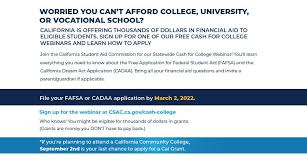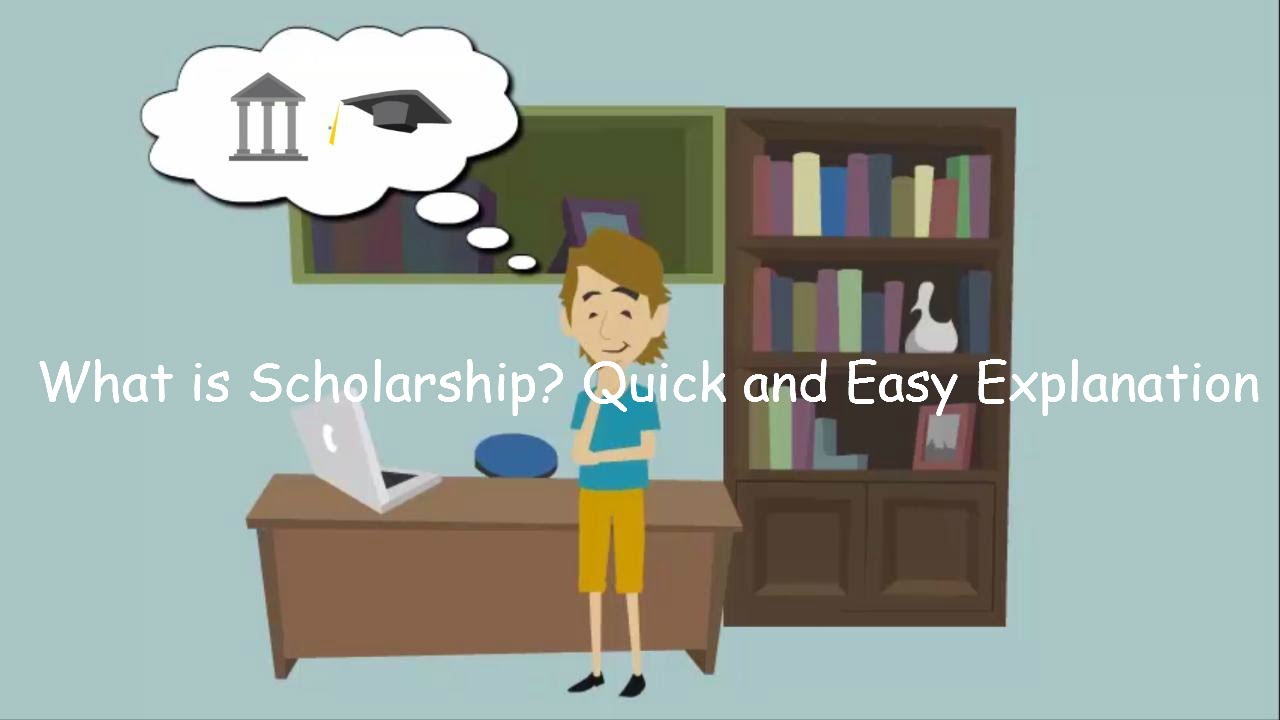
Green River College is a public community college in Auburn, Washington. It has an enrollment of approximately 10,000. It awards associate degrees, but only a few bachelor's degrees. The average annual salary of students who graduate from this college is $38,100. It has two campuses: Auburn and Tacoma. This article contains information about Green River College's academic programs and locations, as well as student resources. Continue reading to learn more. We hope this article is helpful.
Student loan default rate is 14.1%
Green River College had 824 students enrolled in a loan program in 2016. 12.3% of those enrolled in a loan program fell behind. The government's official student loan default rate measures how many students have not made at least one payment in three years after graduation. This rate does NOT include parent PLUS loans which are often included with financial aid packages. It is important to note that this number is a rough estimate because it only considers loans that are federally backed, not those from private lenders. The school's financial viability for students is evident, which could be addressed by its administrators.
GRC's default rate is higher than the 10.1% national average. The school enrolls around 7,493 students. It has 4,760 full-time undergraduates as well as 2,733 part–time. The ratio of males to women is 51/50. The student population at Green River College is composed of students from eleven different states. The default rate on student loans is an indicator of both the educational quality and affordability of the program.

Graduates earn $38,100 annually
Green River College's average annual salary is $38,100. While this is an average income for college graduates it is higher than the national median, however, the percentage of Green River College graduates earning that amount is higher. In addition to the high starting salary, Green River College students have low student loan default rates. Students can either follow the current catalog requirements or petition a degree exemption committee with documentation of continuous enrollment to graduate. Graduates can also graduate at any stage of their program.
Green River College graduate are well paid. Green River College has 50% full-time faculty. This is comparable in number to the 47% national mean. The college had 7,493 undergraduate students in the 2017-2018 academic year. There were 4,760 full time students and 2,733 who were part-time. Green River College costs depend on students' financial situation. The average student makes $38,100 each year.
Green River College - Locations
The Auburn campus at Green River College can be found 45 minutes south from Seattle, Washington. It is home of several shopping centers and movie theaters. The college can be reached in less than 3 hours by car from Vancouver, Washington. And the Pacific Ocean can be found within 2 hours. Many students choose to live in Auburn because of the many recreational options that are close by. It is also easy to commute from Auburn and Seattle to Tacoma.
Green River College offers a flexible academic program that allows students to attend classes in many formats. Students have the option of attending a class on the Seattle campus, or at one of the branch locations in Southeast King County. Students can choose to take technology or preparatory courses. They also have the option of taking tests for industry certifications. Green River College offers a variety of courses that can be used to earn a GED and a certificate through an industry-accredited program. Many employers offer educational programs at the workplace.

Students have many resources available
The college has many resources available for students. The Progress & Completion Center was created in collaboration between the college & the United Way of King County. The center offers resources for students, and is free to use for students. Support can also be found through the academic advisors or counselors. The college holds many events throughout each year to honor the efforts of students. There are many resources to help you, whether you're looking to get financial aid or simply want to learn more about college life.
FAQ
What does it take to be a teacher early childhood?
It is important to decide whether you want to enter early childhood education. If so, then you will need to get your bachelor's degree. Some states require that students have a master's level degree.
You may also need to attend classes during summer months. These courses cover topics such as pedagogy (the art of teaching) and curriculum development.
Many colleges offer associate degree programs that lead directly into a teaching certificate.
Some schools offer certificates, while others offer bachelor's and master's degrees. However, some schools only offer diplomas.
Additional training may not be necessary if you intend to teach at home.
What does it really mean to be an early childhood teacher?
A teacher in early childhood education must have specific training. Most states require applicants for teaching positions to have certification from the state board before they are allowed to work in public school.
Some states require teachers pass reading and math tests.
Some states require that teachers have completed a minimum number of courses related to early childhood education.
Most states have minimum requirements about what a teacher must know. These requirements can vary from one state to the next.
What is the difference between school and college?
Schools are typically divided into classes or grades with a teacher who teaches students. Colleges are larger organizations that offer more specialized programs and often include university-level courses. The majority of schools focus on core subjects, while colleges offer more specialized programs. The curriculum at both levels is intended to prepare students to study at higher levels.
What is the purpose and function of education?
Education should equip students with the skills they need to be successful in work. It is not only a pursuit of academic excellence, but also a social activity, where children can share their knowledge and gain confidence from one another through activities like music, art, and sports. Education is about learning to think critically and creatively so that students can be self-reliant and independent. What does it entail to have high educational standards?
Good educational standards are those which ensure that all pupils achieve their potential. These standards provide clear guidelines for teachers to follow with their students. Good educational standards are flexible enough to enable schools to meet changing needs. In addition, they must be fair and equitable: every child has the same chance of success regardless of his/her background.
Statistics
- And, within ten years of graduation, 44.1 percent of 1993 humanities graduates had written to public officials, compared to 30.1 percent of STEM majors. (bostonreview.net)
- They are also 25% more likely to graduate from high school and have higher math and reading scores, with fewer behavioral problems,” according to research at the University of Tennessee. (habitatbroward.org)
- Among STEM majors, that number is 83.5 percent. (bostonreview.net)
- In most developed countries, a high proportion of the population (up to 50%) now enters higher education at some time in their lives. (en.wikipedia.org)
- Globally, in 2008, around 89% of children aged six to twelve were enrolled in primary education, and this proportion was rising. (en.wikipedia.org)
External Links
How To
Where can I go to be a teacher?
Teaching jobs are available for public elementary schools as well as private elementary schools.
To become a teacher, you must first complete a bachelor's degree program at one of the following:
-
A university or college that is four-years in length
-
A program for associate's degrees
-
Two-year programs at community colleges
-
These three types of programs can be combined
Candidates must fulfill state requirements to be eligible for teaching certification. These include passing standardized test and having a probationary period.
Most states require that all candidates pass the Praxis 2. This test assesses the candidate's reading, writing, mathematics, as well as language arts knowledge.
Many states require applicants to get a specialized license to teach in their state.
These licenses are issued annually by the state boards of education.
Some states grant licenses without the need for additional testing. If this is the case, the applicant should contact his/her state's board of education to verify.
Some states do not issue licenses unless the applicant has completed a master's degree program.
In some states, individuals can apply directly to the state education board for licensure.
Licenses come in a variety of prices, lengths, and required coursework.
Some states only require a high school diploma while others require a bachelor’s degree.
Some states require training on specific topics, such literacy or child development.
Some states require that candidates receive a master's degree before becoming licensed.
When applying for certification, many states ask prospective teachers about previous employment.
You might mention that you have worked in another field on your application.
However, almost all states will accept work experience from any type of previous job.
You might wish to list the title of your last job, the position you held, and the years of service.
This information can be very helpful for potential employers.
It shows them that you have relevant skills and experiences.
You might have acquired valuable work experience or learned new skills while working.
This can be displayed on your resume to future employers.